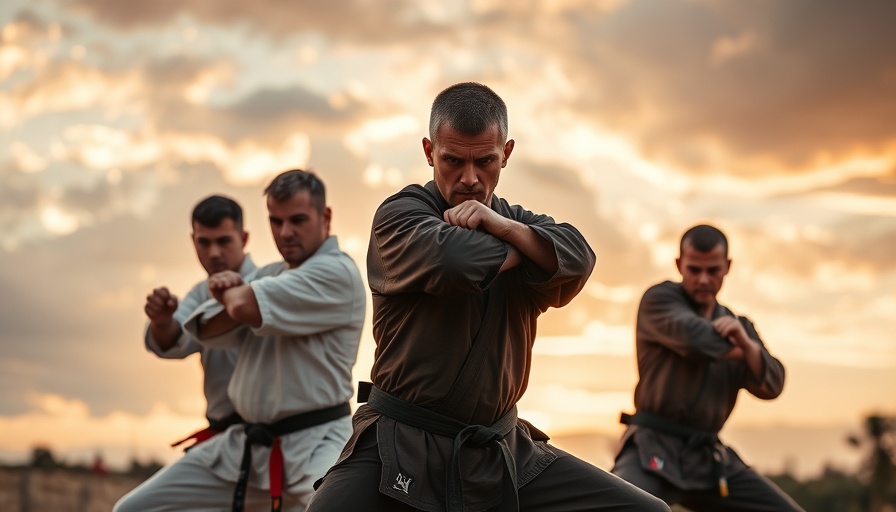
Understanding the Role of Kata in Martial Arts
Forms, known as kata in various martial arts traditions, hold a significant place in martial arts, shaping the training regimens of practitioners across disciplines such as karate, tai chi, and wing chun. These sequential movements serve not only as methods of preserving techniques but also as a means of enhancing physical and mental conditioning. Once considered merely as ritualistic practices, recent discussions in the martial arts community have revealed that kata play a crucial role in the way martial arts are taught and understood today.
Kata: More Than Just Tradition
In traditional martial arts, kata represent a culmination of centuries of practice, embodying techniques, strategies, and philosophies that have been passed down through generations. For example, in karate, practitioners use kata to perfect stances, transitions, and strikes, which seem static but are vital for building muscle memory. The act of performing kata allows martial artists to internalize movements, preparing them for sparring or self-defense scenarios while also providing a rich historical context.
The Shift in Perception Over Time
With the rise of mixed martial arts (MMA), the perception of kata faced scrutiny, with some arguing it is outdated. However, seasoned martial artists like Damon Smith argue otherwise; he points out that the essence of kata lies in its ability to foster discipline and focus. By training in forms, students develop important qualities such as patience and self-awareness, which are essential not only in martial arts but in everyday life. This reflective practice stands in contrast to the often chaotic sparring seen in MMA, emphasizing preparation over improvisation.
Connecting Mind and Body Through Kata
Kata is not merely about executing sequences; it requires mental engagement and a deep connection between body movements and the mind. Each form encourages practitioners to visualize their opponents, stimulating reactive thinking even as they repeat static movements. This blend of mental and physical training not only enhances martial skills but also promotes overall well-being, which aligns with contemporary interests in holistic health practices. The mindfulness incorporated into kata can lead to reduced stress and anxiety, making martial arts a viable avenue for personal development.
Why Should You Learn Kata?
If you are a parent exploring options for your child or an adult embarking on a new fitness journey, understanding the role of kata in martial arts is crucial. Engaging in forms fosters not just physical fitness but also emotional resilience and a sense of community within martial arts dojo. In Gurnee, Gruber's Karate offers specialized classes, including kids' martial arts and adult training, highlighting the importance of kata.
Actions to Consider: Joining a Martial Arts School
With the wealth of benefits associated with practicing kata, now is the perfect time to join a local martial arts school. Whether you are looking for karate lessons in Gurnee, self-defense classes, or family-oriented martial arts training, schools like Gruber's Karate are enrolling new students. Acting quickly means securing spots in programs that fill fast.
In conclusion, while some may see kata as relics of the past, they remain foundational to martial arts. Understanding their role enriches the training experience, providing pathways not only to skill mastery but also to personal growth. If you're in the Gurnee area, don't miss the opportunity to explore martial arts. Sign up for a class now and begin your journey toward achieving both physical fitness and discipline!
 Add Row
Add Row  Add
Add 




Write A Comment